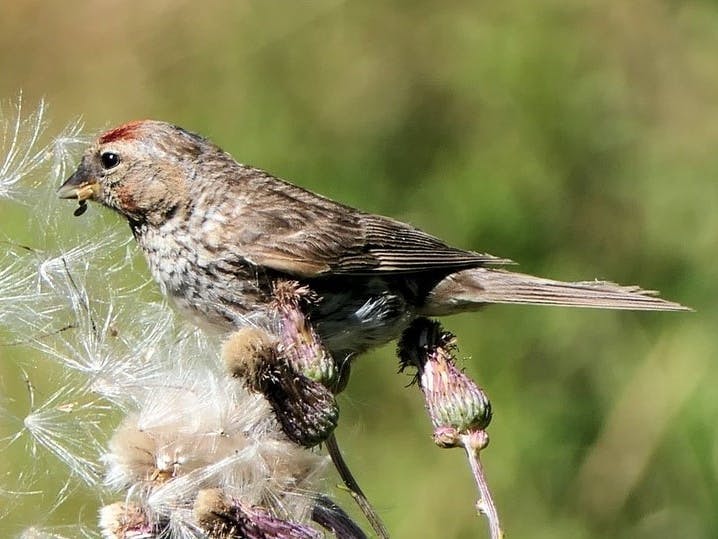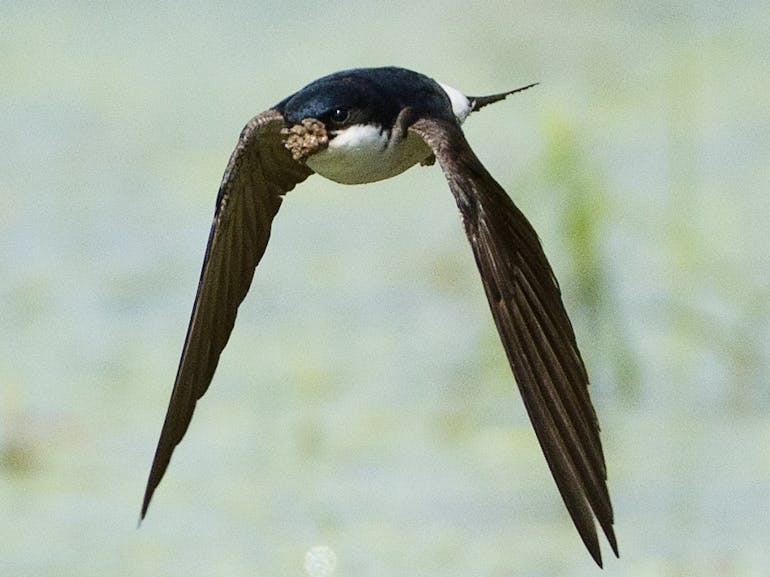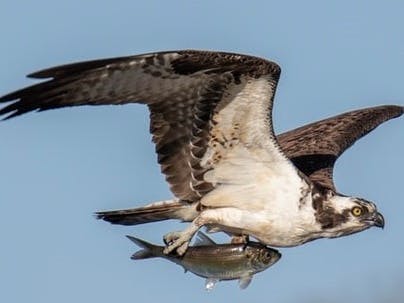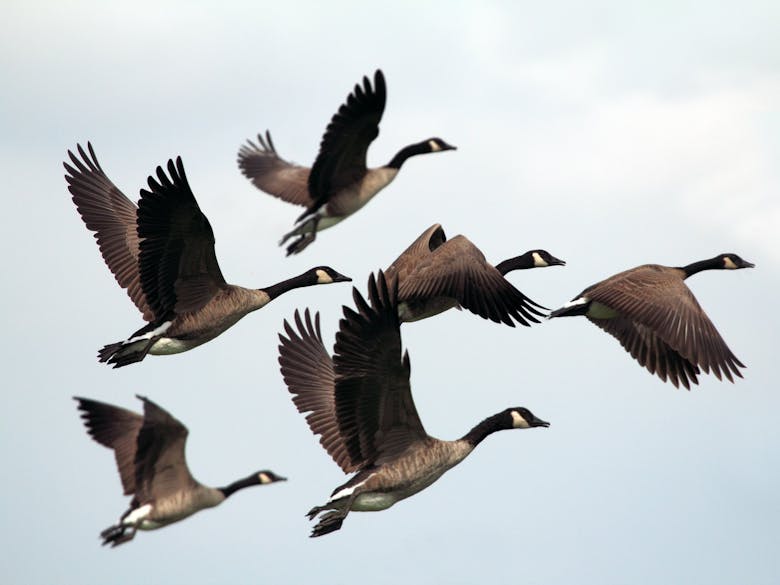Birdwatching around RSPB Pagham Harbour
RSPB Pagham Harbour and Medmerry reserves are a highlight for many birdwatchers as they attract such a variety of different birds and other wildlife throughout the changing seasons.

Birdwatching from RSPB Visitor Centre to Church Norton
The best place to start is at the RSPB Visitor Centre where you can get the latest information, pick up your copy of 'A Birdwatcher's Guide to Pagham Harbour, Medmerry and Selsey Bill' - a must for any local or visiting birdwatcher, sightings and maps.
The trees and bushes around the RSPB Visitor Centre at Pagham Harbour, provide good cover for smaller Passerines both resident and migrant.
Whitethroats, Blackcaps, Chiffchaffs and Song Thrush fill the air with song in spring as Willow and Garden Warblers pass through.
A walk around Red Barn ditch will yield Whitethroat and Reed Warbler during spring and summer while there is possibility of Gadwall and Kingfisher any time of the year.
The bird feeders outside the centre attract a nice mix and even welcome Siskin, Redpoll and Brambling if you are lucky.

Ferry Pool is an important stop. This brackish pool and its surrounding field produces a wide variety of birds throughout the year despite its proximity to the road.
In spring and summer Warblers sing from the reeds, Swallows swoop low over the field and the different Waders show how they are each adapted to feeding in the varying depths.
Little Ringed Plover, and Common and Green Sandpipers are regularly seen on passage along with other highlights such as Wood and Curlew Sandpiper, while Yellow Wagtail can be seen moving across the field. Winter brings in the wildfowl with Wigeon, Teal, Shoveler and Snipe.
Opposite, Ferry channel is worth looking out for Avocet and Spotted Redshank. Kingfishers can also be seen in the area.
Heading down the West Side in spring Lesser Whitethroat sing from the bushes by Long Pool as the strange sounds of Little Grebes rise from among the reeds and the Cuckoos call carries on the air.
Walking along the footpath, the harbour stretches out to the east giving good views of the saltmarsh and Dartford Warbler can be found wintering in the gorse.


Reaching Church Norton the field behind the hide and the church yard are good places to search for Spotted and Pied Flycatchers, Common Redstart and even Ring Ouzel during migration, as well as many Warblers.
Looking out into the harbour in summer, Tern Island is a cacophony of noise with breeding shorebirds, including Little, Common and Sandwich Tern.
Osprey stop off to fish in the channels in autumn, Whinchat and Wheatear pause on Church Norton spit before striking out across the Channel and The Severals is a favourite place to search for the elusive Wryneck.

During the winter, the soundtrack is very different with the honks and quacks of Brent Geese, Wigeon, Teal and Pintail. Dunlin, Knot, Curlew, Grey, Golden and Ringed Plover, Lapwing, Turnstone and Godwits all winter in the harbour and Whimbrel can also be seen in spring and autumn.
As with Pagham Spit Church Norton Spit and the beach are good places for a winters sea-watch yielding the same rewards of Grebes, Divers, Sawbills and Sea-Ducks, with a number entering the harbour at high tide.
Obviously there are many more birds to be seen and it is easy to come away with a substantial list of birds from your visit at any time of the year, without trying too hard.
Please note that certain footpaths are subject to flooding at high tide.
For regular events held by RSPB Pagham Harbour, visit our What's On page.



